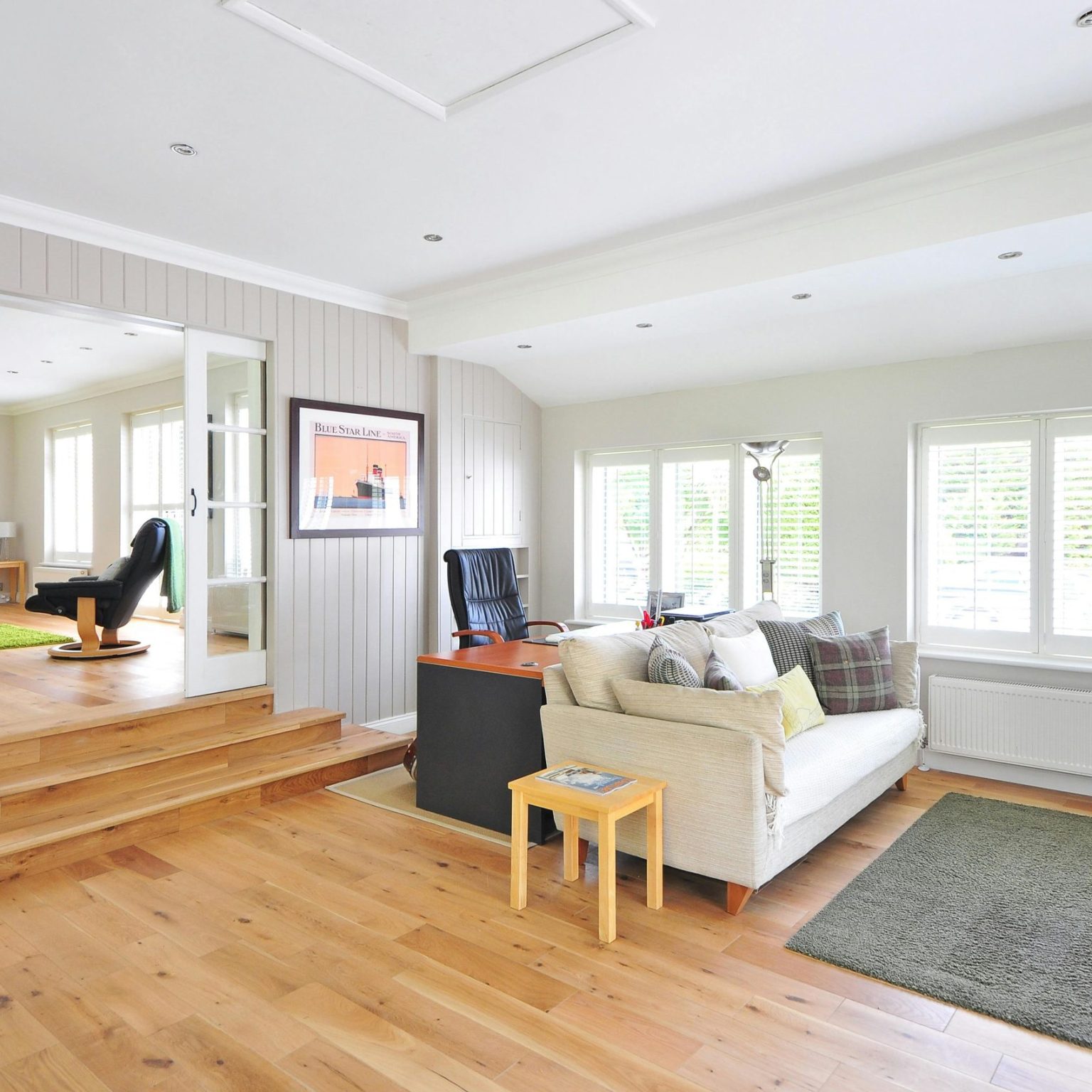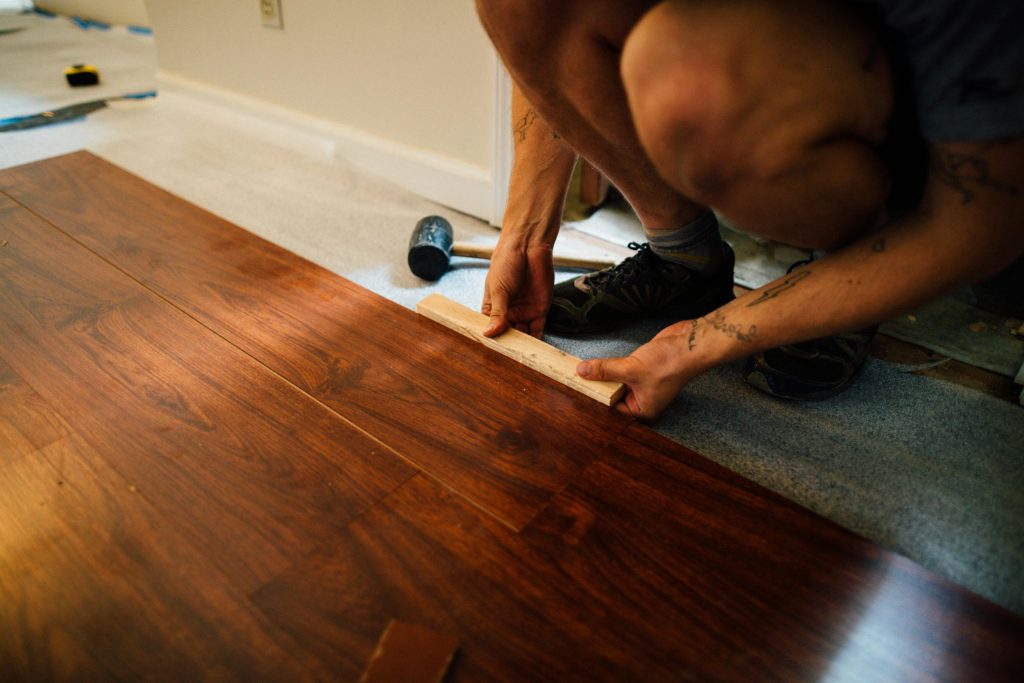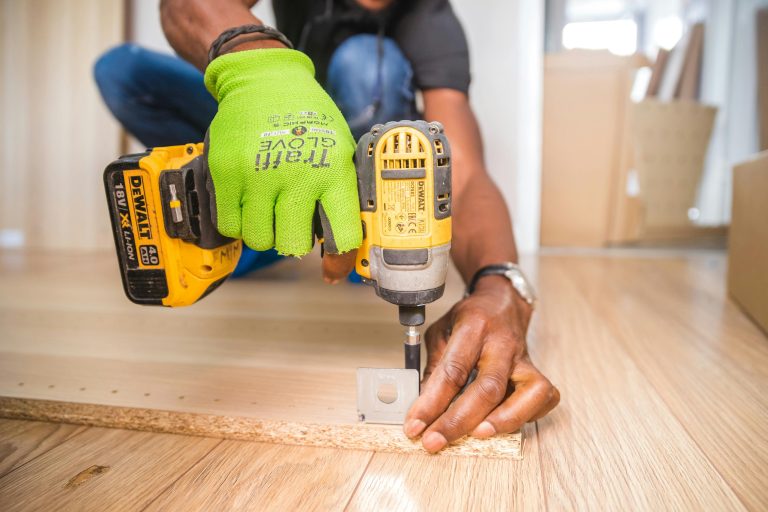The Ultimate Guide to Wood Flooring Installation in Brooklyn, NY
Wood flooring adds an unparalleled level of elegance, warmth, and value to any space. For Brooklyn residents, choosing the right provider for wood flooring installation brooklyn ny is crucial to achieving the desired aesthetic and functional results. Boro Rug & Carpet Warehouse, a trusted name in the industry, offers top-notch wood flooring installation services in Brooklyn, NY. This comprehensive guide covers everything you need to know about their services, the installation process, and how to make the best choices for your flooring needs.
What Is Wood Flooring Installation in Brooklyn, NY?
Wood flooring installation involves laying down wooden planks or panels in a designated area, such as a home or commercial space. This process can vary based on the type of wood flooring chosen, such as solid hardwood, engineered wood, or laminate flooring. Each type of wood flooring has unique characteristics, installation methods, and benefits.
Types of Wood Flooring
Solid Hardwood: Made from a single piece of wood, solid hardwood is known for its durability and timeless appeal. It can be sanded and refinished multiple times, making it a long-lasting option.
Engineered Wood: Composed of multiple layers of wood veneers, engineered wood is more resistant to moisture and temperature changes than solid hardwood. It’s ideal for areas with varying humidity levels.
Laminate Flooring: Though not made of real wood, laminate flooring mimics the appearance of wood through a photographic layer. It’s an affordable and durable alternative to hardwood, suitable for high-traffic areas.

How Is Wood Flooring Installation Done in Brooklyn, NY?
The process of wood flooring installation involves several key steps to ensure a seamless and durable finish. Here’s a detailed look at the typical installation process at Boro Rug & Carpet Warehouse:
Initial Consultation and Measurement
Consultation: The process begins with a consultation with a flooring specialist who evaluates the space, discusses the homeowner’s preferences, and provides recommendations on the best type of wood flooring.
Measurement: Accurate measurements of the area are taken to determine the amount of material needed. This step is crucial to avoid overbuying or underbuying wood planks.
Preparation
Subfloor Inspection: The condition of the subfloor is inspected to ensure it is clean, dry, and level. Any imperfections, such as cracks or uneven surfaces, are repaired.
Moisture Testing: For wood flooring, especially solid hardwood, moisture testing is conducted to ensure the subfloor has appropriate moisture levels to prevent future issues like warping or buckling.
Acclimation: The wood planks are acclimated to the room’s temperature and humidity levels for a few days before installation. This helps prevent expansion or contraction after installation.
Installation Methods
Nail Down: Commonly used for solid hardwood, the nail-down method involves nailing the wood planks to the subfloor. This method provides a secure and long-lasting installation.
Glue Down: Suitable for engineered wood and some solid hardwoods, the glue-down method uses adhesive to secure the wood planks to the subfloor. This method is often used for concrete subfloors.
Floating: Engineered wood and laminate flooring often use the floating method, where the planks are not attached to the subfloor but instead lock together using a tongue-and-groove system. This method allows for easy installation and repair.
Finishing Touches
Sanding and Staining: For unfinished wood flooring, sanding and staining are done after installation to achieve the desired color and finish.
Sealing: A protective sealant is applied to the wood to protect against moisture, scratches, and wear.
Baseboards and Trim: Baseboards and trim are reinstalled or added to complete the look and cover any gaps between the flooring and walls.
Cleanup and Inspection
Cleanup: The installation area is cleaned, and any debris is removed.
Inspection: A final inspection is conducted to ensure the installation meets quality standards and the customer’s satisfaction.
Essential Benefits of Wood Flooring Installation in Brooklyn, NY

Aesthetic Appeal
Wood flooring adds a timeless and elegant look to any space. Its natural beauty and variety of wood species, colors, and finishes allow homeowners to achieve the desired aesthetic, whether it’s a classic, rustic, or modern style.
Durability and Longevity
When properly installed and maintained, wood flooring can last for decades. Solid hardwood, in particular, can be sanded and refinished multiple times, extending its lifespan and keeping it looking new.
Increased Property Value
Wood flooring is a desirable feature for many homebuyers. It adds significant value to a property, making it a smart investment for homeowners looking to increase their home’s resale value.
Easy Maintenance
Wood flooring is relatively easy to maintain. Regular sweeping or vacuuming, along with occasional mopping, keeps it clean. Spills and stains can be quickly wiped up, making it a practical choice for households with children and pets.
Improved Indoor Air Quality
Unlike carpets, which can trap dust, allergens, and pet dander, wood flooring provides a cleaner and healthier indoor environment. It’s an excellent choice for individuals with allergies or respiratory issues.
Versatility
Wood flooring complements various interior design styles and can be used in almost any room of the house, except for high-moisture areas like bathrooms. Its versatility makes it a popular choice for homeowners and designers alike.
Eco-Friendly Options
Many wood flooring options come from sustainable sources and are environmentally friendly. Engineered wood, in particular, uses less hardwood per plank, making it a more sustainable choice. Additionally, wood is a renewable resource, and many manufacturers adhere to responsible forestry practices.
How to Choose the Best Wood Flooring Installation in Brooklyn, NY
Research and Recommendations
Online Reviews: Look for online reviews and ratings of wood flooring installation services in Brooklyn. Websites like Yelp, Google, and Angie’s List provide customer feedback that can help you assess the quality of a service.
Recommendations: Ask friends, family, or neighbors for recommendations. Personal experiences can provide valuable insights into the reliability and quality of an installer.
Credentials and Experience
Certification: Ensure the installer is certified by relevant industry bodies, such as the National Wood Flooring Association (NWFA). Certification indicates adherence to industry standards and best practices.
Experience: Choose an installer with significant experience in the field. Experienced professionals are more likely to deliver high-quality results and handle any challenges that may arise during the installation process.

Services Offered
Comprehensive Services: Look for installers who offer comprehensive services, including consultation, measurement, material selection, installation, and post-installation support. A full-service provider can ensure a smooth and hassle-free experience.
Custom Solutions: Select an installer who offers custom solutions tailored to your specific needs. This includes the ability to accommodate unique room shapes, special installation requirements, and personalized design preferences.
Cost and Budget
Quotes and Estimates: Obtain quotes from multiple installers to compare prices. Ensure the quotes include all aspects of the installation, such as materials, labor, and any additional costs. This will help you make an informed decision within your budget.
Value for Money: While cost is important, it should not be the sole deciding factor. Consider the overall value, including the quality of materials, workmanship, and customer service. Opt for an installer who offers the best balance of cost and quality.
Warranty and Guarantee
Warranty: Check if the installer provides a warranty for their work. A warranty can offer peace of mind, knowing that any issues with the installation will be addressed without additional costs.
Satisfaction Guarantee: Choose an installer who offers a satisfaction guarantee. This ensures that they are committed to meeting your expectations and delivering a high-quality installation.
Portfolio and References
Portfolio: Ask to see a portfolio of the installer’s previous work. This will give you an idea of their craftsmanship and the types of projects they have completed.
References: Request references from past clients. Contacting these references can provide insights into the installer’s reliability, professionalism, and the quality of their work.
What Should You Know About Boro Rug & Carpet Warehouse Wood Flooring Installation in Brooklyn, NY?
Initial Consultation and Measurement
Consultation: The process begins with a consultation with a flooring specialist who evaluates the space, discusses the homeowner’s preferences, and provides recommendations on the best type of wood flooring.
Measurement: Accurate measurements of the area are taken to determine the amount of material needed. This step is crucial to avoid overbuying or underbuying wood planks.
Preparation
Subfloor Inspection: The condition of the subfloor is inspected to ensure it is clean, dry, and level. Any imperfections, such as cracks or uneven surfaces, are repaired.
Moisture Testing: For wood flooring, especially solid hardwood, moisture testing is conducted to ensure the subfloor has appropriate moisture levels to prevent future issues like warping or buckling.
Acclimation: The wood planks are acclimated to the room’s temperature and humidity levels for a few days before installation. This helps prevent expansion or contraction after installation.
Installation Methods
Nail Down: Commonly used for solid hardwood, the nail-down method involves nailing the wood planks to the subfloor. This method provides a secure and long-lasting installation.
Glue Down: Suitable for engineered wood and some solid hardwoods, the glue-down method uses adhesive to secure the wood planks to the subfloor. This method is often used for concrete subfloors.
Floating: Engineered wood and laminate flooring often use the floating method, where the planks are not attached to the subfloor but instead lock together using a tongue-and-groove system. This method allows for easy installation and repair.
Finishing Touches
Sanding and Staining: For unfinished wood flooring, sanding and staining are done after installation to achieve the desired color and finish.
Sealing: A protective sealant is applied to the wood to protect against moisture, scratches, and wear.
Baseboards and Trim: Baseboards and trim are reinstalled or added to complete the look and cover any gaps between the flooring and walls.
Cleanup and Inspection
Cleanup: The installation area is cleaned, and any debris is removed.
Inspection: A final inspection is conducted to ensure the installation meets quality standards and the customer’s satisfaction.
Conclusion
Boro Rug & Carpet Warehouse provides exceptional wood flooring installation services in Brooklyn, NY. From the initial consultation to the final inspection, their comprehensive approach ensures high-quality results tailored to each client’s needs. Understanding the installation process, essential benefits, and key considerations will help you make informed decisions and achieve the best results for your space.
By selecting high-quality wood flooring, working with experienced professionals, and following proper maintenance practices, you can enjoy the timeless beauty and functionality of wood flooring for years to come. Whether you’re renovating your home, updating an office, or enhancing a commercial property, wood flooring installation by Boro Rug & Carpet Warehouse is a worthwhile investment that adds value and elegance to any space.
